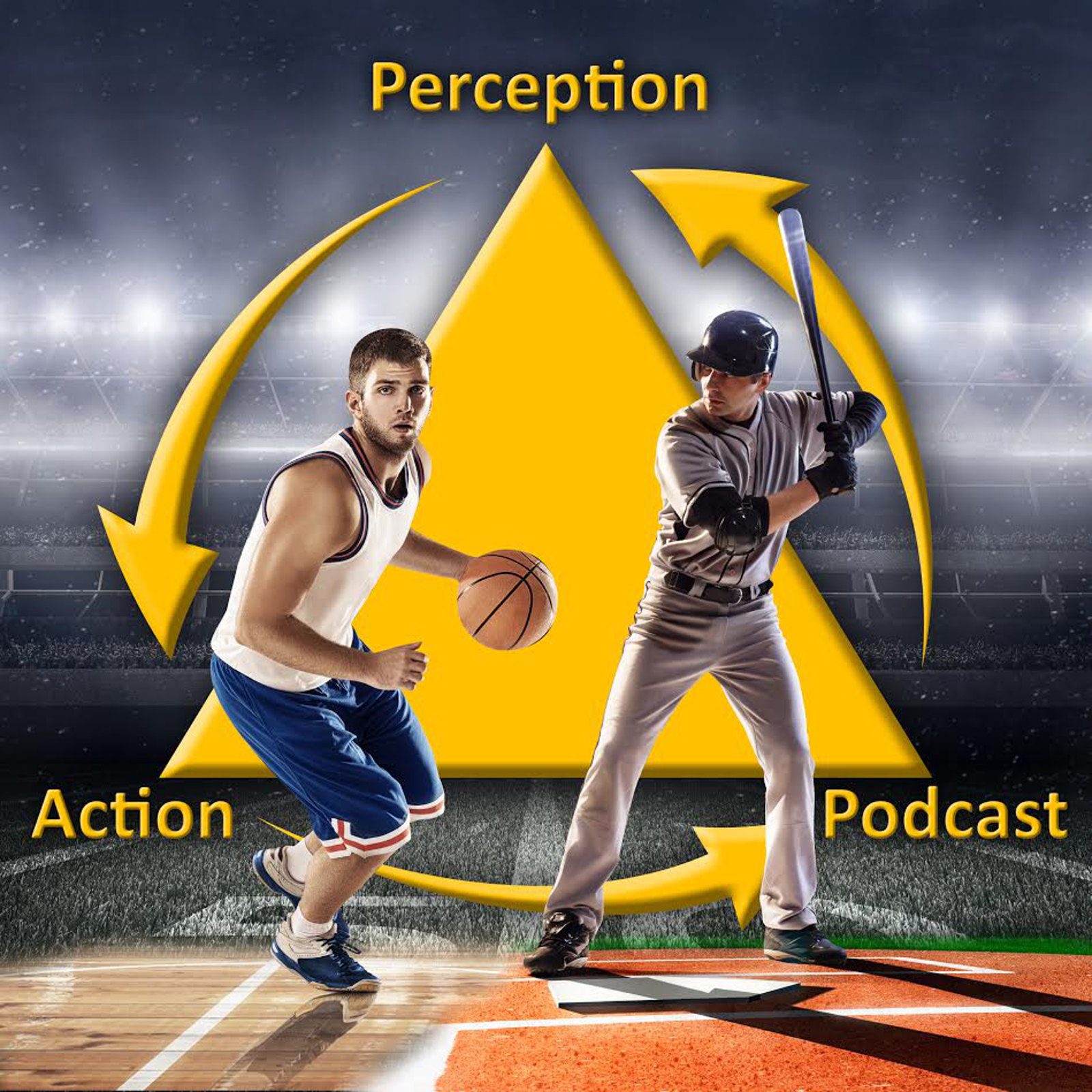-Can you become a better golfer by using a metronome? In a study by Kim and colleagues recently published in the International Journal of Performance Analysis in Sport, a software program called Interactive Metronome was used to improve the timing and rhythm of golf stokes for professional women golfers. This essentially involves learning to synchronize one’s movement with a beat played through headphones. As compared to a control group that just did regular golf practice, a group that practiced with the metronome showed lower variability and better timing of arm movement during the stroke. I think this is a really interesting finding and the rhythm of movements in sports is something that I think often gets overlooked in training. However, one word of caution – not all variability in movement is bad, of course, so the change in variability actually needs to be linked to performance to know whether the intervention is actually helping.
-Speaking of variability, in a recent paper published by Navavink and colleagues in the journal Pedagogy of Physical Culture and Sports, examined the level of variability that occurs for throws made by expert dart players. This involved measuring the variability in the angles of the shoulder, elbow, and wrist during a series of 36 throws. Interestingly, when the scores of throw was plotted against the variability of the movement of these body parts, a U-shaped function was found. So, in other words, being too consistent in execution or being too inconsistent lead to poorer performance. The sweet spot for performance was at a moderate level of variability. This is consistent with Karl Newell’s work showing that best learning and performance occurs when we have a mix of both stability and flexibility in our movements. Repetition without repletion for the bullseye!
-If you need even more evidence of this, consider the fascinating new paper by Jones and colleagues just published in the Journal of Expertise. In this study, the authors compared the development experiences of elite and super elite cricket batsmen and used machine learning to identify the key variables that distinguished between the two. One of the key findings was that quote super-elite batsmen undertook a larger volume of skills-based practice that was both more random, and more varied in nature, at age 16. They subsequently adapted to, and transitioned across, the different levels of senior competition quicker. This work give a great look at a population that is really rarely studied in research.
To enable the news briefing on your echo:
Go here: https://www.amazon.com/dp/B08CZ8Y2T2
OR
-From the Alexa app on your phone go to settings by pressing the three little lines in the top left
-Go to Skills & Games
-Search (magnifying glass in top right) for “Skill Acquisition News”
-Click Enable to Use
-Say: “Alexa, what’s my Flash Briefing?” (Note, this will play any other news items you added too).
